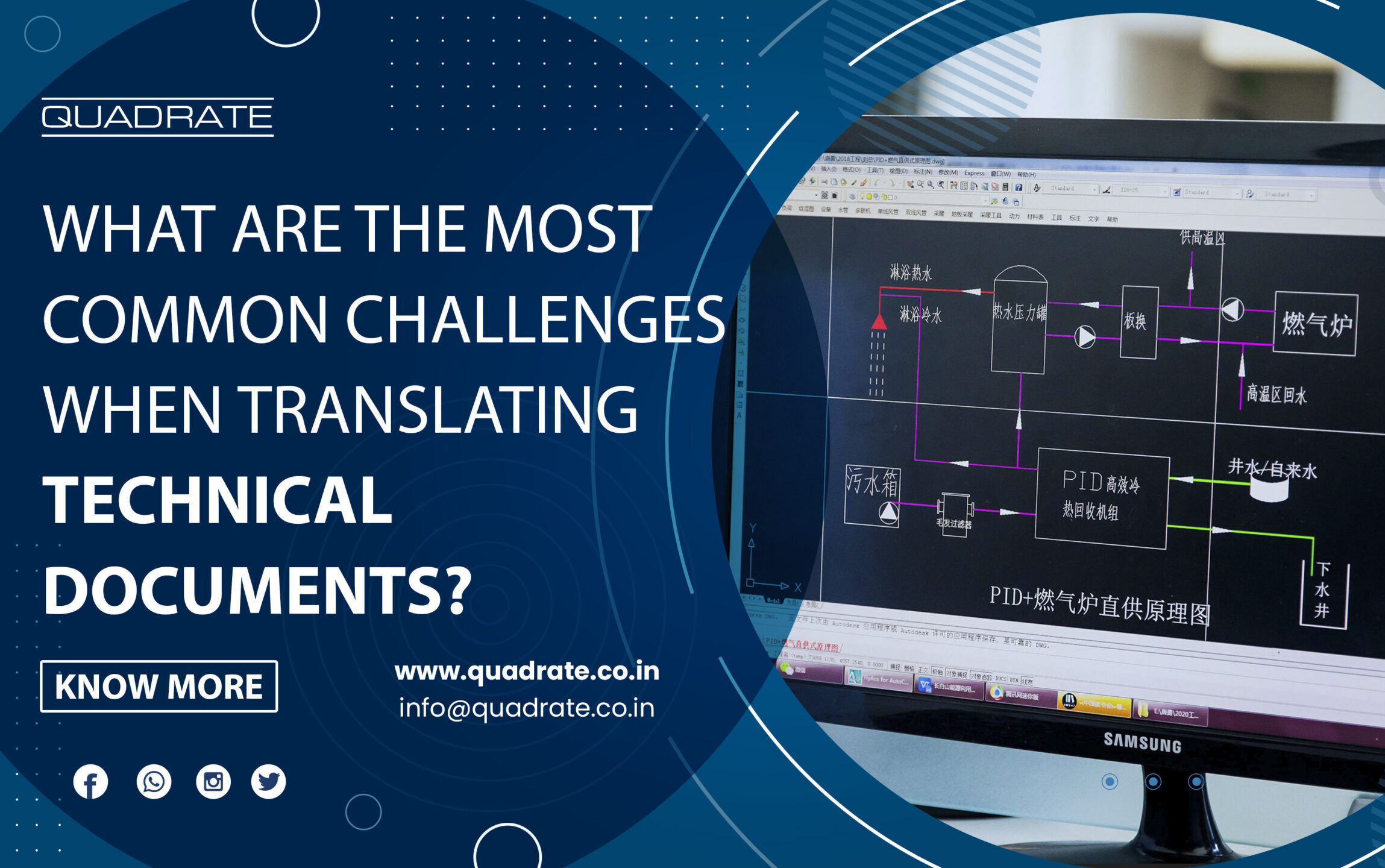A misconception concerning technical translation (TT):
TT is not just about terminology. The truth is that only 5-10% of the content represents specific technical terminology, while the rest is a common language. However, this common language is often absent or incorrectly written due to the focus on technical terms, transforming the translator into an artist and a repairer of the source text. In order to correctly complete the translation, the translator needs to identify keywords, understand the ideas behind them and create a whole new target text that’s comprehensible for its client and its culture.
Cultural context: Understanding cultural differences is one of the most important aspects to consider when addressing technical documentation, as you’re likely to encounter several different languages and dialects. Measures might need to be expressed in different formats (metric or imperial), dates will certainly differ, and symbols will also come into play (such as safety information or warnings).
Having specialized knowledge in the subject matter itself; technical terminology is often heavy on industry-specific jargon and terms used frequently in relation to said industry. If a translator does not possess an understanding of the main principles, terminology and language around these subjects they will most likely produce translations that are inaccurate. The key is to understand how things work. A term’s deeper meaning needs to be extracted in order to provide the client with precise translations.
Internal company language can be quirky and can be tough to get used to. Even if you’re an absolute pro in your field, it may take some time to get familiar with industry jargon. It helps immensely to have a translator who has been there before, who is able to adapt their skills from personal expertise in the field and communicate with people at the company that you’re working with in order to fully understand what they’re trying to convey which ensures that the translation maintains its original meaning.
One of the challenges that translators face in their everyday life is being able to keep up with translating new terms from different fields. Sometimes it’s not practical for a human translator to have enough time or resources to check through all the materials or articles for bug fixes and translate them properly. Advanced machine translations are a part of potential solutions because they eliminate the necessity of having every possible term included in glossaries. Thanks to their ability to perform quick indexing and include new terms faster than human translators, we can speak about increased productivity and efficiency of translation involving both machine and human factors, which allows translators to concentrate on tasks that require a higher degree of flexibility and creativity.
Legal considerations: Lastly, when you sign your document, you are signing with the responsibility of ensuring the citation is correct. If any translation errors occur which can cause injuries to people or lead to financial losses for the organization, you will be held financially accountable for your translation’s mistakes.
Technical translation requires a lot of time, patience and experience. It requires one to have very strict attention to detail in order to ensure that the right ingredients are used in the correct amounts during development. One word incorrectly chosen can lead to misunderstandings about how something works or “what it does”, which can cause confusion among anyone who reads the instructions. For this reason, precision is paramount in technical translation.

